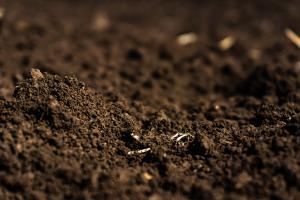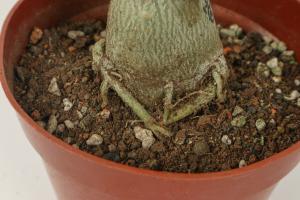Introduction
Snake plants are an excellent addition to any indoor space. Not only are they easy to care for, but they also have air purifying qualities. However, one crucial factor in their growth and survival is the type of pot they are planted in. In this article, we will explore the question, “what pot for snake plant?”
Clay Pots
Clay pots are a popular choice for snake plants. They are porous, allowing for better air circulation and root aeration. Additionally, clay pots absorb moisture from the soil, which helps prevent overwatering. When using a clay pot for a snake plant, make sure it has a drainage hole to prevent excess water buildup.
Terra Cotta Pots
Terra cotta pots are similar to clay pots in their porous nature. However, they are also prone to cracking and breaking. It’s best to choose a thicker, sturdier terra cotta pot if you decide to use one for your snake plant. Ensure that the pot has a drainage hole to allow for proper water drainage.
Ceramic Pots
Ceramic pots are a stylish option for snake plants. They come in various colors and designs, allowing for a range of decor choices. However, they are not as porous as clay or terra cotta pots, which can lead to overwatering. Make sure the pot has drainage holes, and let the soil dry out before watering again.
Plastic Pots
Plastic pots are the most affordable and lightweight option for snake plants. They don’t dry out as quickly as clay or terra cotta pots, which can be beneficial for forgetful or busy plant owners. However, they don’t allow for proper air circulation and root aeration. Choose a pot with drainage holes, and consider repotting your snake plant into a larger pot as it grows.
Metal Pots
Metal pots can be a stylish option for snake plants, but they can also pose a risk to the plant's health. Metal can heat up quickly in sunlight, causing damage to the roots. They are also not porous, which can lead to overwatering. If you choose to use a metal pot for your snake plant, make sure it has proper drainage and place it in a shaded area.
Conclusion
When it comes to selecting a pot for your snake plant, there are various options to consider. Clay and terra cotta pots are porous and allow for proper root aeration, while ceramic and plastic pots are affordable and lightweight. Metal pots can be stylish but pose a risk to the plant's health. Regardless of your choice, ensure that the pot has proper drainage and allows for adequate air circulation around the plant's roots. With the right pot, your snake plant will thrive and continue to purify the air in your home or office.

 how many times do yo...
how many times do yo... how many planted tre...
how many planted tre... how many pine trees ...
how many pine trees ... how many pecan trees...
how many pecan trees... how many plants comp...
how many plants comp... how many plants can ...
how many plants can ... how many plants and ...
how many plants and ... how many pepper plan...
how many pepper plan...































